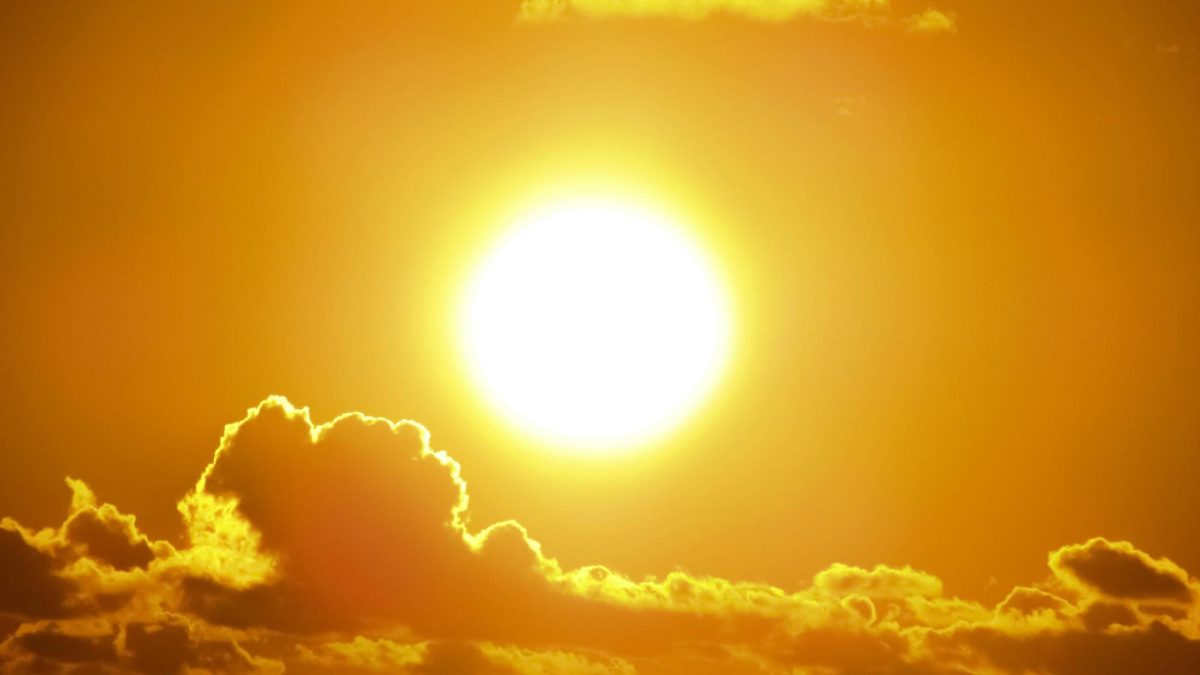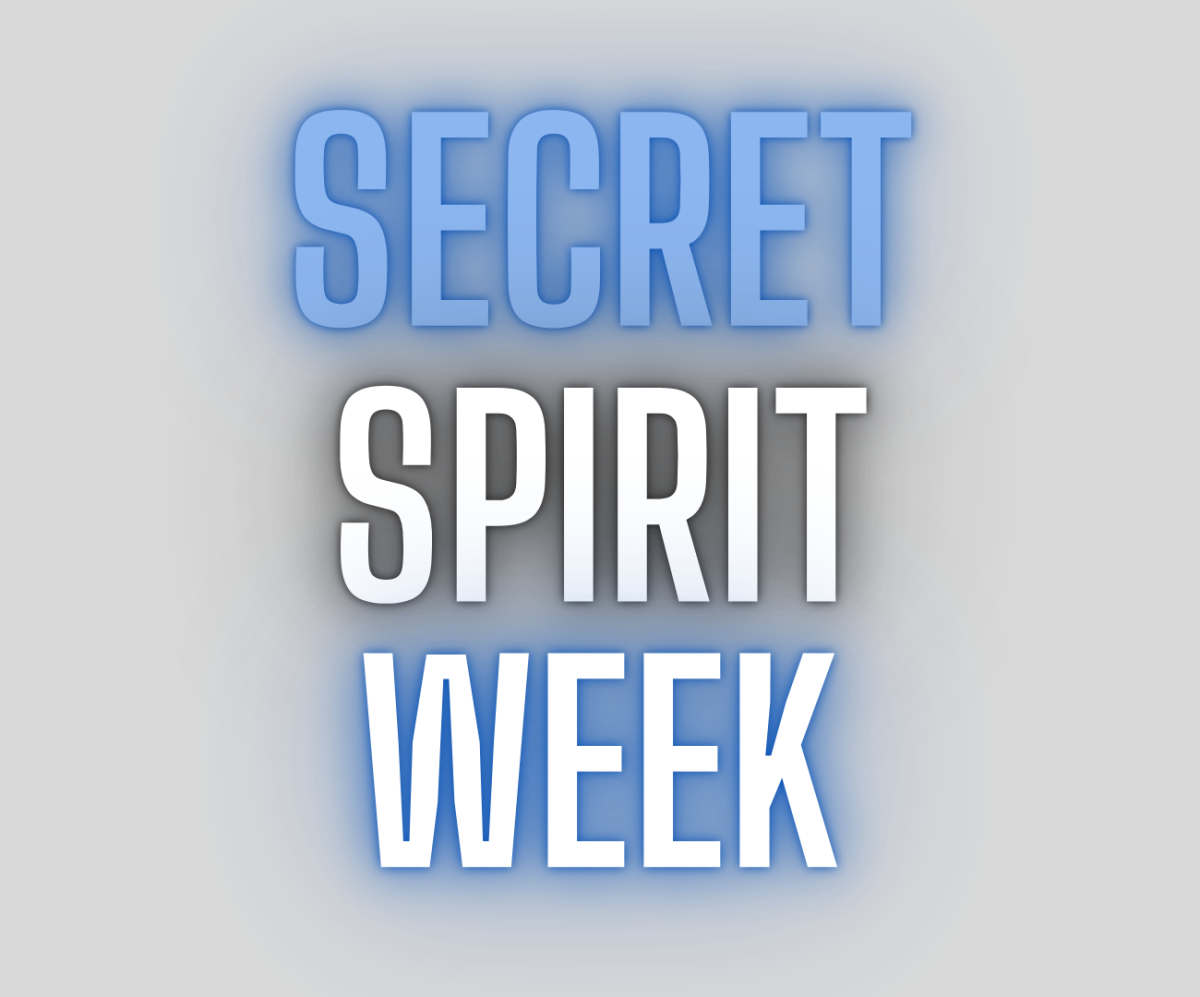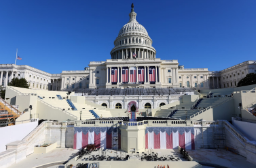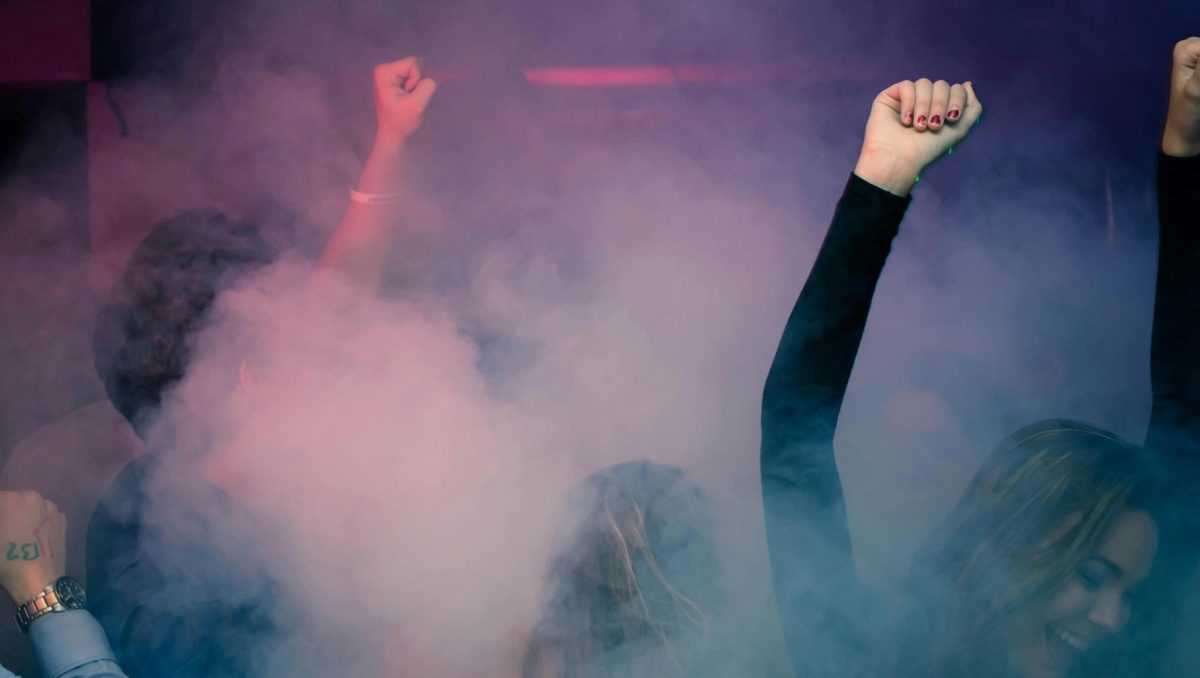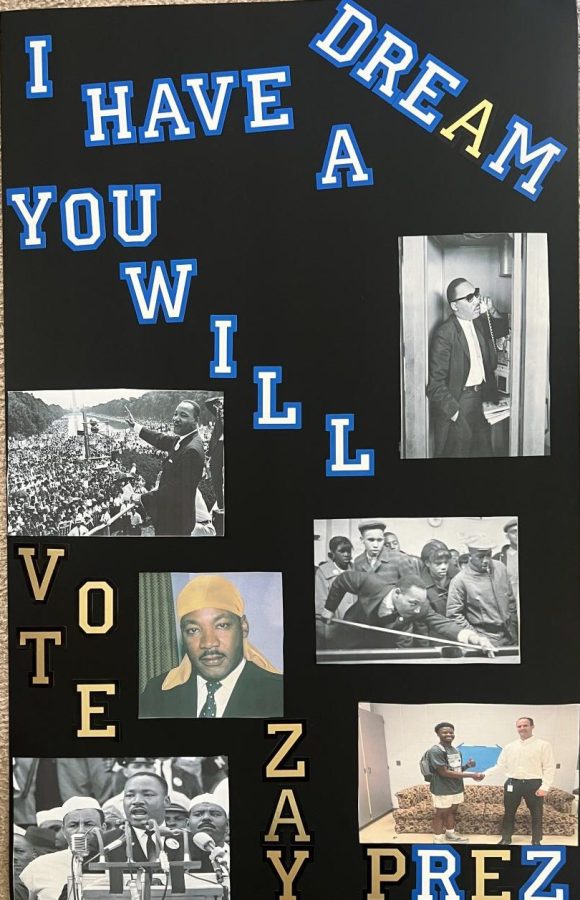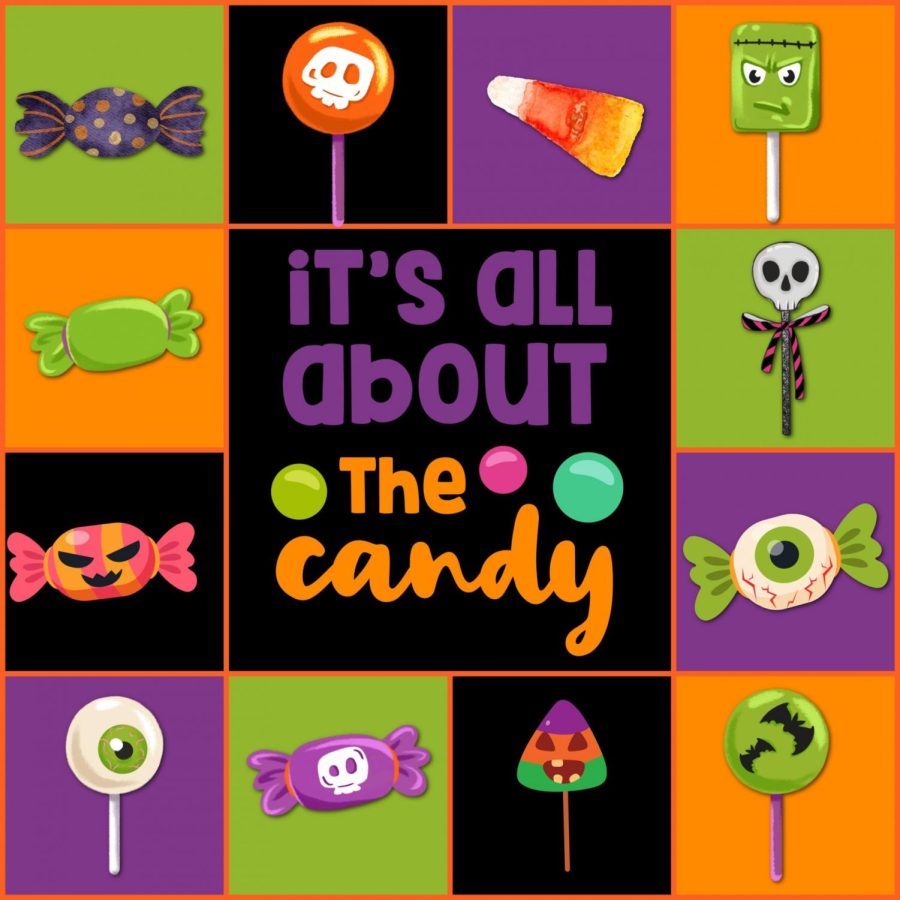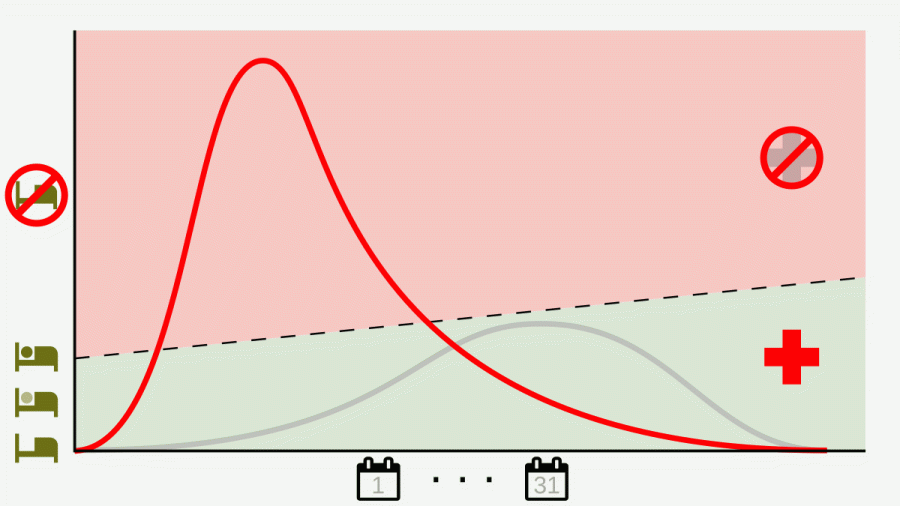
Halloween, celebrated on October 31st, originated from the ancient Celtic festival of Samhian, a time marking the end of the harvest and the beginning of winter. The Celts believed that on this night, the barrier between the living and the dead blurred, allowing spirits to walk the earth. To protect themselves, people would light bonfires and wear disguises, often animal skins, to confuse or ward off these wandering spirits.
With the widespread of Christianity, the Church sought to replace pagan festivals with Christian holidays. In the 9th century, All Hallows Day (or All Saints’ day) was established on November 1st to honor saints and martyrs, and the night before became known as All Hallows Eve, later shortened to Halloween. Despite this religious shift, many Samhain traditions, such as dressing up and celebrating the dead, remained.
When Irish immigrants brought these customs to America in the 19th century, Halloween began to evolve into its modern form. By the 20th century, it became a more worldly and community-centered celebration, featuring costumes, trick-or-treating, and festive gatherings. Today, Halloween combines ancient rituals with modern fun, making it one of the most popular holidays in the world.
(History.com)
(Britannica)
(Rogers, 2002)




